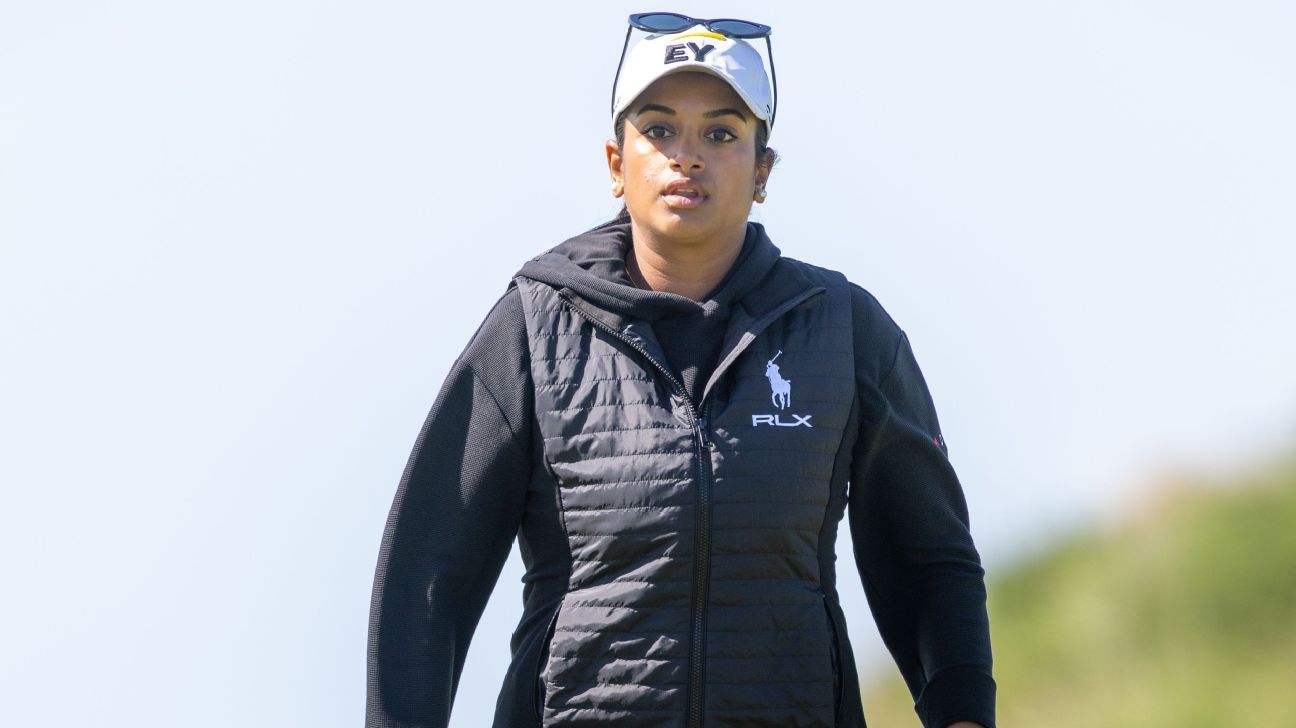Delhi sees malaria cases at a 5-year high amid rising dengue and chikungunya infections. Learn key preventive tips to protect yourself from mosquito-borne diseases this monsoon season.

Delhi is grappling with a rising tide of mosquito-borne diseases, as the national capital records a five-year high in malaria. According to the records of the Municipal Corporation of Delhi (MCD), 135 malaria cases have been reported till now in 2025. This year’s figures are a grim reminder of the 51 cases in 2024, 25 in 2022 and 16 in 2021 in the same calendar year.
It is worth noting that the West Zone of Delhi had registered the maximum caseload of malaria, 30 cases. The data also includes NDMC regions and Delhi Cantonment and Railways; nevertheless, 16 more cases were not possible to be precisely mapped when without full addresses.
Deadly Surge of Dengue, Chikungunya, and Malaria Hits Delhi
But malaria isn’t Delhi’s only concern. Dengue and chikungunya continue to spread amid the monsoon season.
Chikungunya
Chikungunya cases also increased drastically in 2024, as the cases were 172 in comparison with 65 in 2023 and 48 in 2022. By November 2024, there were 226 cumulative cases of chikungunya infections; this is the highest number in five years.
Dengue
While 4,533 people were afflicted with dengue in 2024, this represented a reduction compared to 9,266 in 2023. But in October 2024, there was a serious surge with more than 2,400 dengue cases, the highest of any month in recent years.
Gearing towards 2025, 101 malaria, 246 dengue and 17 chikungunya cases have already been reported, more than in previous years such as 2021 and 2023.
What is the Reason Behind the Rising Cases?
This increase in the cases of malaria is particularly a major concern and alarm to the city health authorities as the healthcare systems prepare to meet more challenges brought about by the monsoons.These conditions, like standing water, poor drainage, and humidity, are in themselves the breeding grounds of Anopheles mosquitoes, which spread the infection.
“This is a very conducive environment for large mosquito breeding, and people should take preventive measures,” said an MCD official, urging residents to keep their surroundings dry and clean.
Causes of Malaria
Various species of Plasmodium parasites can cause malaria in humans, with Plasmodium falciparum being the most deadly. Transmission occurs when infected mosquitoes bite humans, injecting the parasites into the bloodstream. Environmental factors, mosquito behaviour, and human activities all influence the spread of malaria.
Symptoms of Malaria You Should Never Ignore
With cases of monsoon diseases on the rise, here are some warning signs and symptoms that you may develop after getting infected with the malaria virus:
- Fever
- Chills
- General feeling of discomfort
- Headache
- Nausea and vomiting
- Diarrhea
- Abdominal pain
- Muscle or joint pain
- Fatigue
- Rapid breathing
- Rapid heart rate
- Cough
Being aware of the signs not only helps in getting the treatment done on time but also prevents the body from experiencing the severe symptoms of the condition.
How To Stay Safe From Malaria: Steps To Follow
You should take precautions to avoid mosquito bites. To lower your chances of getting malaria, you should:
- Apply mosquito repellent with DEET (diethyltoluamide) to exposed skin.
- Drape mosquito netting over beds.
- Put screens on windows and doors.
- Treat clothing, mosquito nets, tents, sleeping bags and other fabrics with an insect repellent called permethrin.
- Wear long pants and long sleeves to cover your skin.
Follow TheHealthSite.com for all the latest health news and developments from around the world.
Don’t Miss Out on the Latest Updates.
Subscribe to Our Newsletter Today!











Leave a Reply